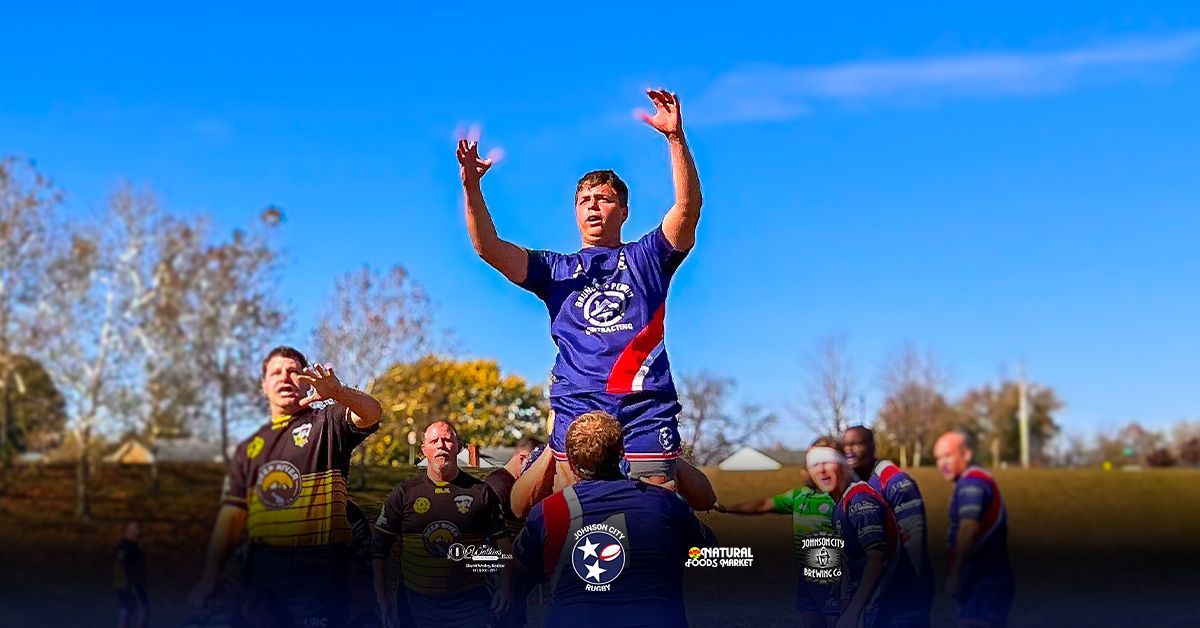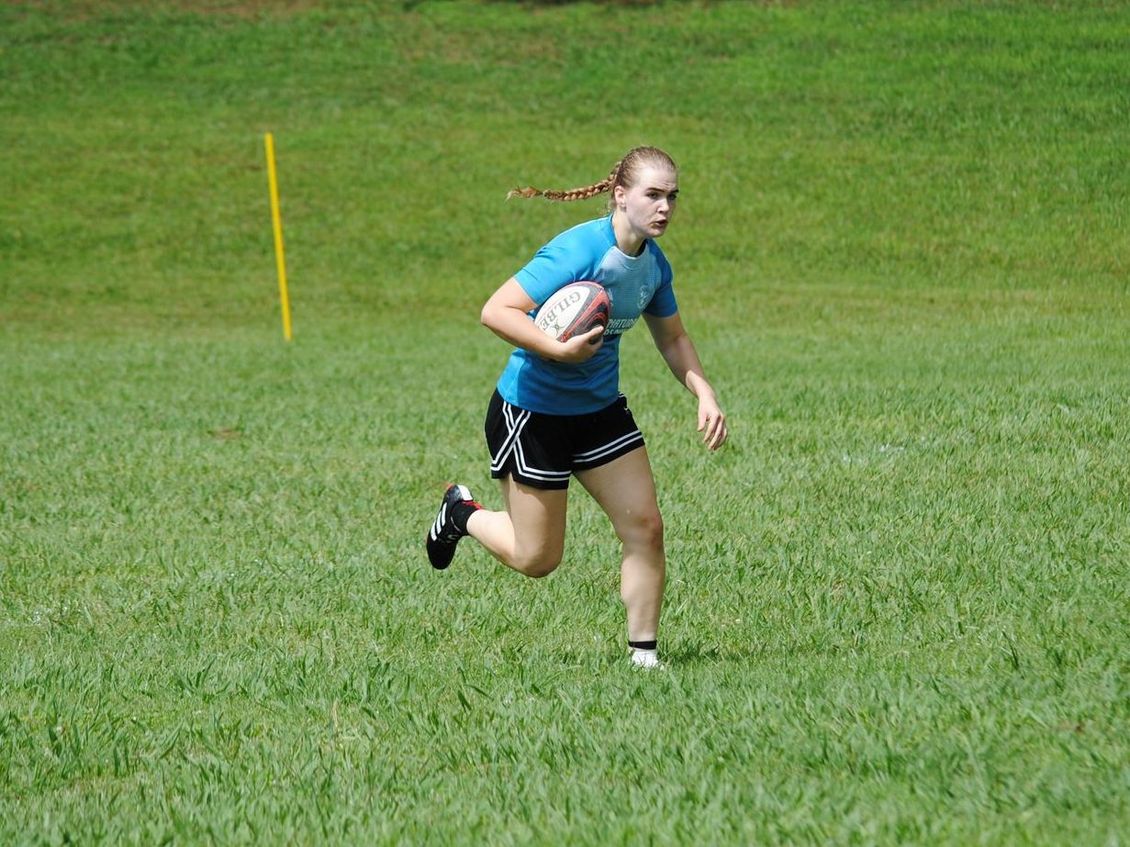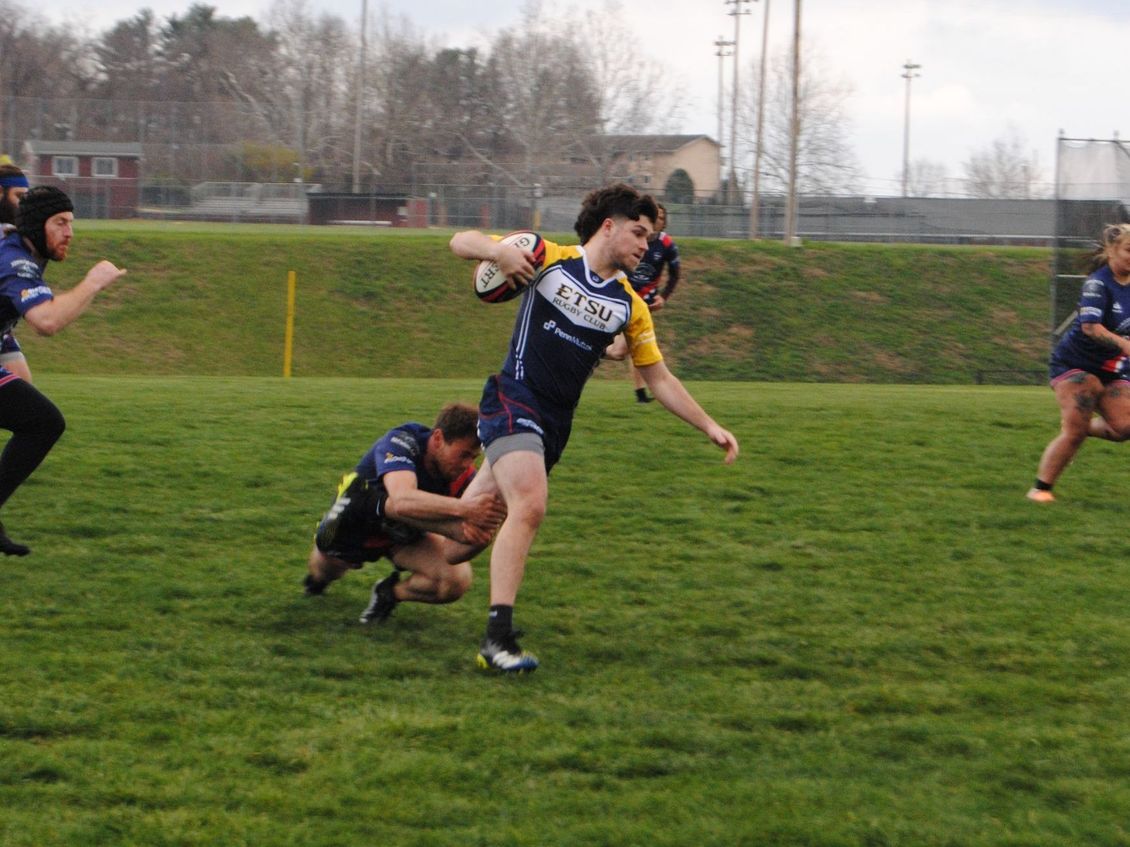
This summer, Johnson City Rugby is hosting Wagon Wheel 10’s, a fast-paced 10-a-side tournament featuring men’s and women’s brackets. Teams from across the region will take the field, bringing strong competition and high-energy play. The tournament will take place at: Woodland Elementary 2303 Indian Ridge Rd, Johnson City, TN 37604 Registration is open, and teams are locking in their spots.

As Johnson City Rugby gears up for another promising year, two pillars of leadership, Andy Slagle and Adam Jasenak, continue to shape the team’s future with their unwavering commitment and vision. Their passion and dedication are the driving forces behind the success and growth of the club, both on and off the field.
A Look Inside
Breaking news. Game Highlights. Player Stories.
Mark Your Moments
Engage. Celebrate. Participate
Mon
Tue
Wed
Thu
Fri
Sat
Sun
1
2
6pm (M) 7's Rugby Practice
3
4
6pm (M) 7s Rugby Practice
5
6
Santa 7's
7
7:30pm Johnson City Rugby Leadership Meeting
8
9
10
11
12
Winter Banquet
13
14
15
16
17
18
19
20
21
22
23
24
25
26
27
28
29
30
31
1
2
3
9am Touch Rugby
4
















